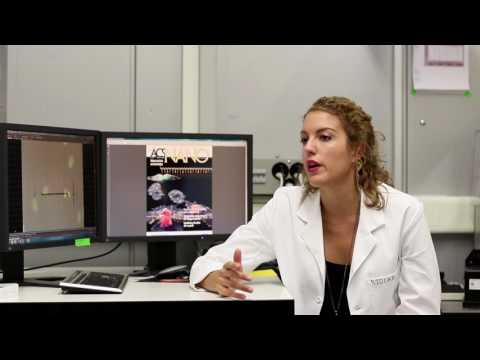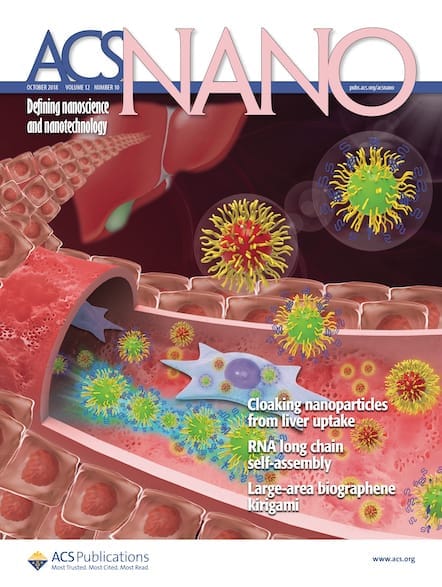Nine out of 10 cancer deaths care caused by cancer cells spreading from the primary tumor to other parts of the body. A better understanding of cell shape adaptation and its relationship to metastasis may lead to better treatment decisions. Why does cancer sometimes spread more aggressively in some patients than others? Part of the […]

Nine out of 10 cancer deaths care caused by cancer cells spreading from the primary tumor to other parts of the body. A better understanding of cell shape adaptation and its relationship to metastasis may lead to better treatment decisions. Why does cancer sometimes spread more aggressively in some patients than others? Part of the answer may lie in cell shape adaptation. A variety of factors, including nuclear size, cell deformability, and cell-to-substrate adhesion, can affect the rate at which cancer spreads through the body, according to new research published in ACS Nano.
In this video, watch author Magdalini Panagiotakopoulou of ETH Zurich, Laboratory of Thermodynamics in Emerging Technologies, describe how she and other researchers used 3D nanoprinted structures that mimic the pores of human tissue to study interstitial cancer migration. The authors demonstrated a link between the ability of cells to migrate in complex environments and their ability to replicate.
Watch the video to learn more about the research:

